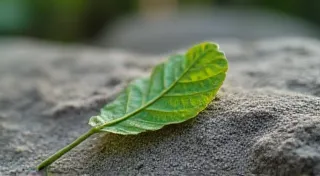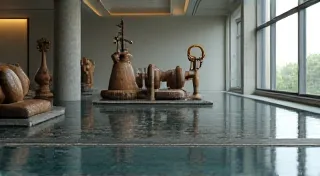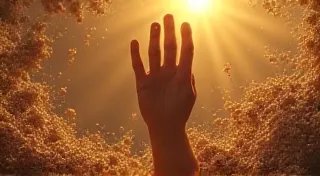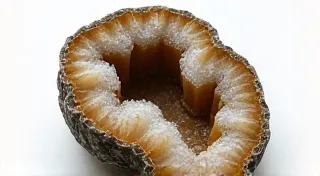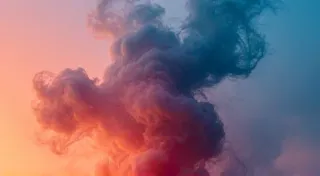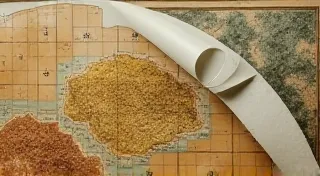A Line of Absence: Mastering Negative Space in Penknife Carving
The scent of aged wood, the quiet sigh of bellows, the melancholic wheeze of a single reed—these are the sounds and sensations that haunt the memory of an antique accordion. Not just an instrument, but a vessel of forgotten stories, a tangible link to generations past. I remember my grandfather, a taciturn man of few words, coaxing melodies from his Hohner Erica. It wasn’t just music he conjured, but the echoes of immigrant longing, the camaraderie of dance halls, the simple joys of family gatherings. He rarely spoke of his past, but that accordion sang of it—a silent, vibrating biography. And it's that same sense of quiet storytelling, of what's *not* present, that I find so compelling when I approach penknife whittling.
The Whispers of Absence: A Penknife’s Perspective
Penknife whittling, in its purest form, isn’t just about adding form. It’s about revealing it. It’s about understanding that the wood itself holds the shape, and our role is to gently persuade it to surface. This is where the concept of negative space—the area *around* the carved form—becomes profoundly important. Think of a classical sculpture, a seemingly solid figure emerging from a block of marble. The beauty isn't just in the figure itself, but in the thoughtful voids that define its contours, giving it lightness, air, and a sense of presence. The same principle applies to penknife carving, perhaps even more acutely when working with a small blade and the inherent limitations of scale.
Early folk art carving, often produced from necessity rather than artistic ambition, frequently showcases a beautiful, unconscious mastery of negative space. Farmers carving animals from discarded branches, sailors etching simple figures from driftwood—they weren’t necessarily thinking about artistic theory, but their creations demonstrate an innate understanding of how the absence of wood can enhance the perceived form. A simple relief carving of a bird, for example, gains dynamism and a sense of flight not just from the shape of the wings, but from the deliberate voids that allow light to pass through, suggesting movement and transparency. It’s not merely the presence of the bird that matters, but the space it inhabits.
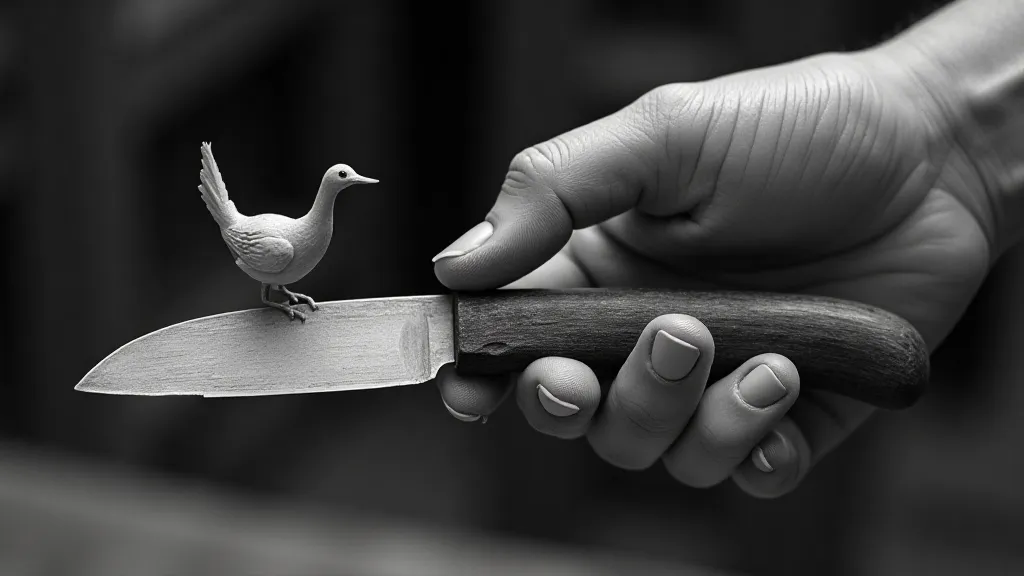
Historical Roots: From Utility to Art
The history of penknife whittling is intertwined with the history of practicality and folk art. Initially, it was born out of necessity. Rural communities relied on wood for almost everything, and small, handheld tools—penknives being among the most common—were essential for shaping and manipulating that wood. Toy making, small household items, and decorative carvings were often created by individuals with limited resources but a boundless creativity. These weren’t crafted in studios, but in kitchens, barns, and around firesides.
As time progressed, whittling evolved from a purely utilitarian craft to a form of artistic expression. Traveling carvers, often itinerant performers, would create whimsical figures and caricatures to entertain audiences. These carvings, while often simple in design, demonstrated a keen understanding of form and negative space, using strategically placed voids to create expressive and engaging characters. The skill wasn’t just in removing wood, but in knowing *where* to remove it, understanding that the absence of material could be just as powerful as its presence. The meditative quality of the process, the almost trance-like state achieved through repetitive carving, often led to a deeper connection with the material, allowing the wood itself to suggest forms and guide the maker's hand. It’s a feeling that many describe as a pathway to release, finding solace and a quiet sense of accomplishment in the rhythm of the blade. You can explore this further in an article about the geometry of letting go and whittling.
The Accordion’s Lament: Restoration and Respect
My grandfather’s Erica wasn’t perfect. Years of use, travel, and neglect had taken their toll. Keys were sticky, bellows were cracked, and the once-gleaming wood was dull and scarred. Restoring it wasn’t about bringing it back to a pristine, factory-fresh condition – that would be a betrayal of its history. It was about respecting its age, preserving its character, and ensuring that it could continue to breathe, to sigh, to tell its stories. Similarly, in penknife whittling, it’s tempting to strive for flawless execution, to eliminate every imperfection. But those imperfections – the subtle variations in grain, the slight hesitations in the cuts – they tell a story too. They mark the hand of the maker, the journey of the piece. The act of carefully removing material can be surprisingly freeing, allowing you to connect with the wood on a deeper level and find a sense of calm amidst the chaos of daily life. This connection, this focused attention, often leads to a beautiful, almost meditative experience. For many, this process is a rhythm of release through carving as a meditative practice, and understanding this connection can greatly enhance your carving experience.
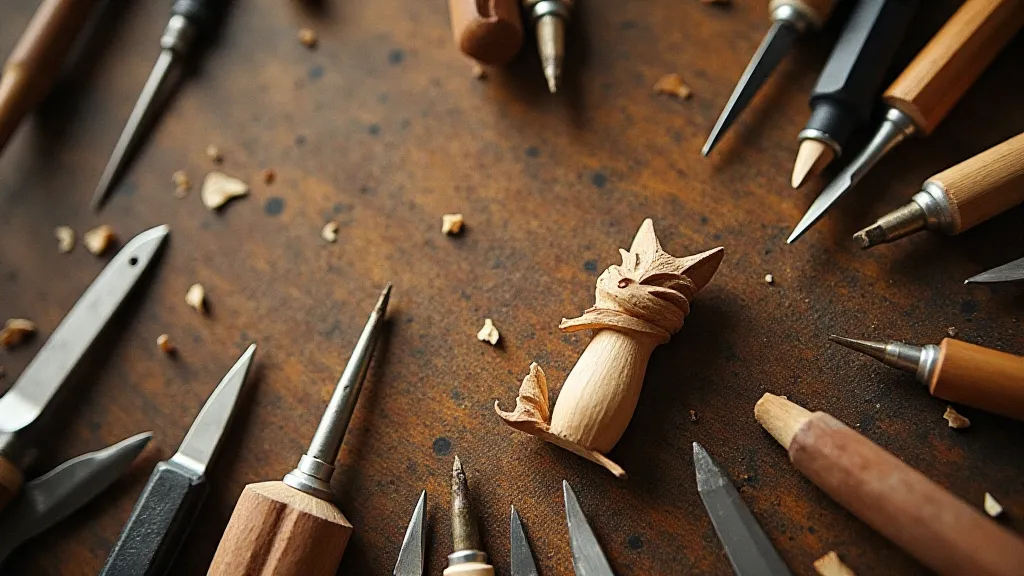
Mastering the Void: Techniques and Considerations
So, how do we consciously utilize negative space in our penknife carving? It begins with observation. When faced with a block of wood, don’t immediately think about the form you want to create. Instead, consider the wood itself. Observe the grain, the knots, the natural contours. Let the wood suggest the form. Then, carefully plan your cuts. Think about how the voids will define the shape, how they will create a sense of depth and lightness. Don't be afraid to experiment. Sometimes, the most compelling results come from unexpected cuts, from allowing the wood to guide your hand.
A key technique is “undercutting.” This involves removing material from beneath an element to create a sense of projection or to reveal the underlying form. It’s a delicate process, requiring precision and control, but the result can be transformative. Another important consideration is the angle of light. A carving will look dramatically different depending on how the light strikes it. Think about how the voids will interact with the light, creating highlights and shadows that enhance the overall visual impact. The careful consideration of these elements – the grain, the knots, the light – is often what separates a functional carving from a truly remarkable piece of art. These elements can also contribute to a feeling of rebirth through the carving blade.
It's also crucial to remember that penknife carving is an iterative process. It's not about executing a pre-determined plan flawlessly. It's about responding to the wood, adapting to the unexpected, and allowing the piece to evolve organically. A sudden realization, a slight adjustment in angle – these small moments of insight can often lead to the most rewarding results. Just as a seasoned accordion repairer learns to listen to the instrument, understanding its nuances and responding to its subtle cues, so too must the penknife carver learn to listen to the wood. This process demands a willingness to surrender control and embrace the unexpected, allowing the natural patterns within the wood to shape the final form. Each imperfection, each mark left by the blade, tells a story of creation and collaboration.
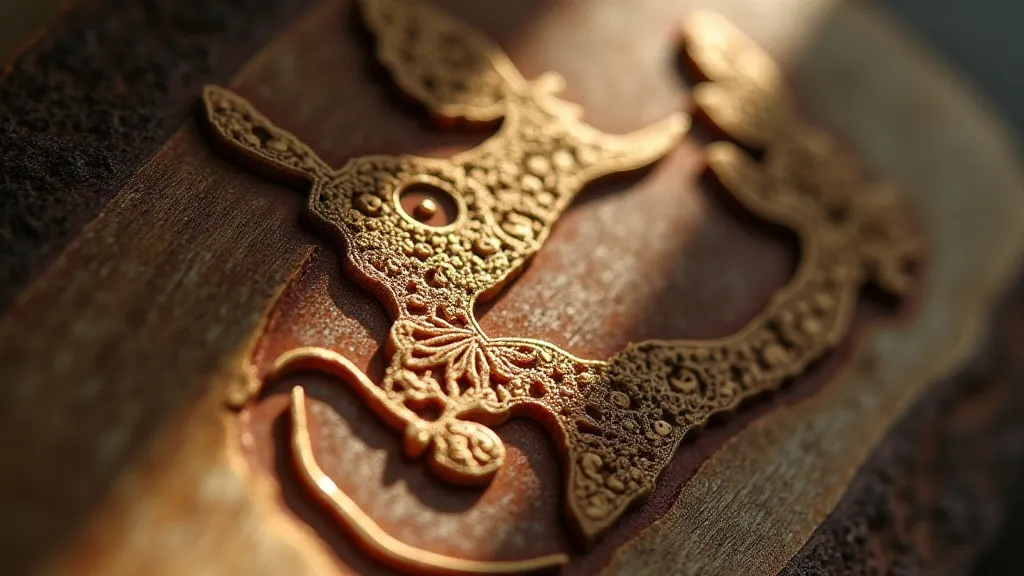
A Silent Dialogue
Penknife whittling is more than just a craft; it's a conversation—a silent dialogue between the maker and the material. It's about understanding that the absence of wood can be just as eloquent as its presence, that the voids define the form just as much as the solid shapes. It's about honoring the history of the craft, respecting the wood, and allowing the piece to tell its own story. And perhaps, in that process, we can catch a glimpse of the same quiet beauty that resonates within an antique accordion, a testament to the enduring power of human ingenuity and the profound significance of what remains unspoken. This connection with nature can also be surprisingly potent, fostering a deep appreciation for the subtle beauty of the natural world. Learning to see and appreciate this interplay of form and void is essential to mastering the craft.
Beyond the technical aspects of carving, there’s a profound spiritual dimension – a sense of renewal and transformation that arises from the act of creation. The act of removing material to reveal the form within, of honoring the inherent beauty of the wood, is a process of self-discovery as much as it is a craft. The marks left by the blade can be seen as scars, but also as symbols of resilience and rebirth – a testament to the transformative power of the carving process. The scar and the seed, intimately linked in this process, remind us that even from apparent loss, something new and beautiful can emerge. This understanding can elevate the carving experience from a mere pastime to a truly meaningful practice, a pathway to self-understanding and a deeper connection with the natural world.
